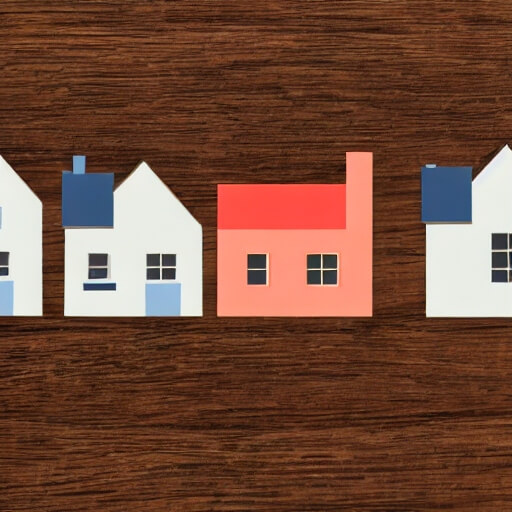Understanding your mortgage affordability is crucial when considering purchasing a home. It involves assessing your financial situation to determine the loan amount you can comfortably manage. Here’s a detailed guide on calculating your mortgage affordability:
Table of Contents
ToggleUnderstanding Mortgage Affordability:
1. Evaluate Your Finances:
- Income: Calculate your gross monthly income. Include salaries, bonuses, commissions, and any other reliable income sources.
- Expenses: Review your monthly expenses, including utilities, groceries, debts, insurance premiums, etc.
2. Debt-to-Income Ratio (DTI):
- Front-End Ratio: Typically, lenders prefer your housing expenses (mortgage, property taxes, insurance, etc.) to be around 28-31% of your gross income.
- Back-End Ratio: Total debt payments (including housing expenses, car loans, student loans, credit card minimums, etc.) should ideally not exceed 36-43% of your gross income.
3. Down Payment:
- Aim for a substantial down payment. Usually, 20% is recommended to avoid private mortgage insurance (PMI).
4. Credit Score:
- A higher credit score (typically above 700) can help secure better interest rates.
Steps to Calculate Mortgage Affordability:
1. Calculate Maximum Monthly Payment:
- Use an online mortgage calculator to estimate the maximum monthly payment you can afford based on your income and expenses. Ensure it aligns with your DTI ratios.
2. Consider Other Costs:
- Property Taxes: Estimate property taxes based on the area you’re considering.
- Home Insurance: Research average premiums for homes in your desired location.
3. Factor in Interest Rates and Loan Terms:
- Analyze various loan options and their associated interest rates. Longer loan terms may result in lower monthly payments but higher overall interest payments.
4. Account for Additional Expenses:
- Home Maintenance: Allocate funds for ongoing maintenance, repairs, and utilities.
- HOA Fees: If applicable, consider additional homeowner association fees.
5. Get Pre-Approved for a Mortgage:
- Consult with lenders to get pre-approved for a mortgage. This process assesses your financial situation and provides a clearer picture of the loan amount you can secure.
6. Consider Future Financial Goals:
- Think about your long-term financial objectives, such as retirement savings, emergency funds, and other investments, when determining your mortgage affordability.
Key Tips:
- Be Realistic: Avoid stretching your budget too thin to afford a bigger house.
- Emergency Fund: Maintain an emergency fund to cover unexpected expenses.
- Consult Professionals: Seek advice from financial advisors or mortgage specialists to understand your options better.
Conclusion:
Calculating your mortgage affordability involves a comprehensive assessment of your financial capabilities. By considering your income, expenses, debts, and long-term goals, you can make informed decisions about the mortgage amount you can comfortably afford. It’s crucial to strike a balance between homeownership aspirations and maintaining financial stability.

